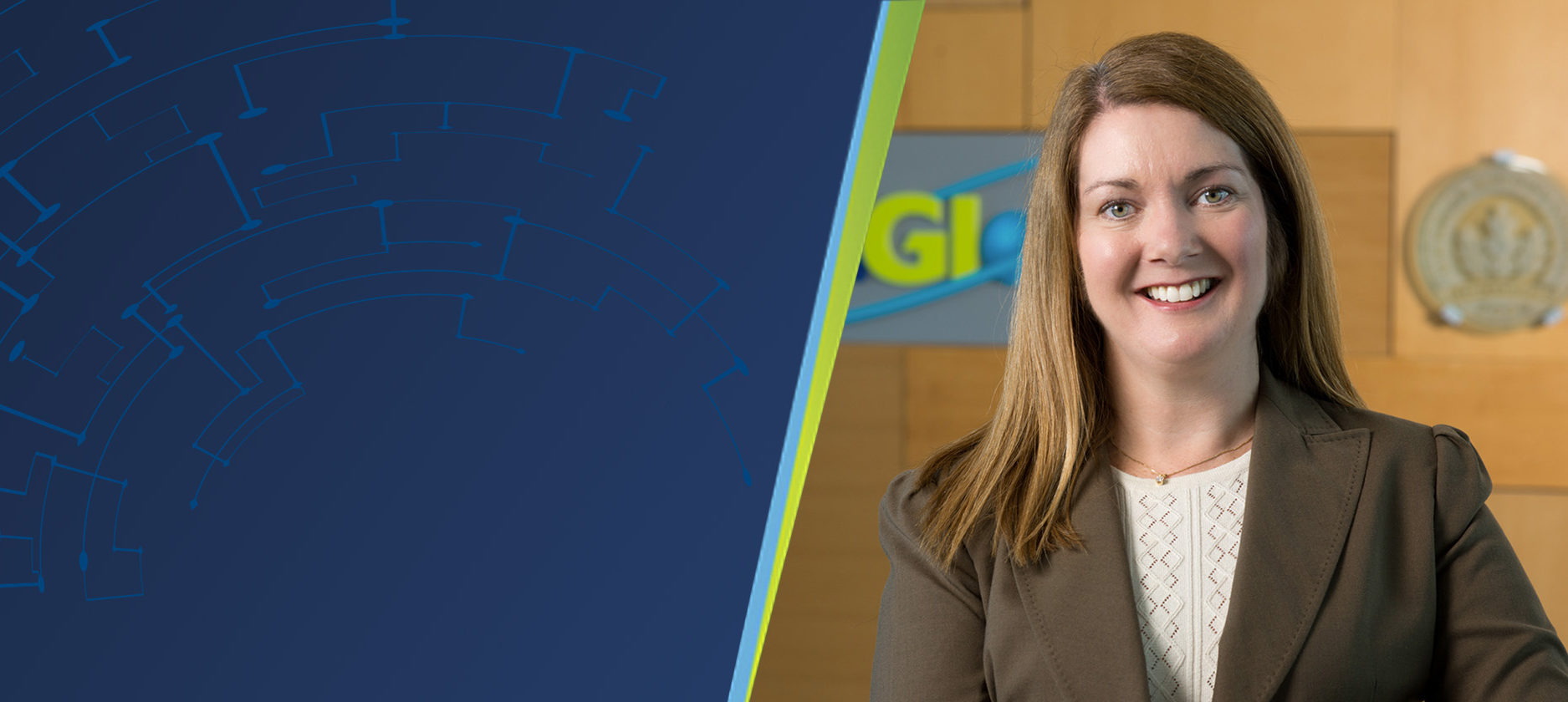Meet Claire Croutch, Ph.D., MRIGlobal’s toxicologist and senior section manager who recently worked hand-in-hand with Argentum to get Silverlon bandages FDA approval for treating mustard gas burns.
Dr. Claire Croutch oversees technical staff working on biological select agent, chemical agent, and animal health programs. In addition to managing staff, Claire serves as the PI/Study Director for chemical agent in vivo programs including those that support NIH (CACT), Biomedical Advanced Research and Development Authority (BARDA), DARPA, and DTRA. Claire has worked as a toxicologist and in research for over 30 years. Recently, Dr. Croutch served as the principal investigator while working with Argentum’s Silverlon program to optimize the study’s design, anticipating how the FDA might require the research to be structured. She and her team worked through challenges and hurdles to get the first FDA approval for a product to treat mustard gas burns. Silverlon products are among the first BARDA has added to prepare the nation to address a chemical agent attack – in this case, mustard gas. This preparation can protect warfighters and save as many lives as possible in a national emergency.
Want to learn more about Claire’s work with Argentum and the FDA approval process of Silverlon bandages?
Download THE PAPER – Silverlon and Healing the Warfighter
Q&A with CLAIRE CROUTCH
How did you decide to become a scientist?
My career as a toxicologist found me, rather than the other way around. I have always loved science. My father had a Ph.D. in physical chemistry, which gave me the advantage of having a science and math tutor in my house all through high school. I earned a bachelor’s degree in biochemistry from Mount Holyoke College in the late ’80s, when there weren’t a lot of women in science.
The University of Arizona offered me a full scholarship to their master’s program in toxicology, and it seemed that, if I had a degree in this interdisciplinary field, I would be highly marketable and could work anywhere. So I accepted and completed the program. Even after completing my master’s, I don’t think I had a full working knowledge of how broad toxicology is. I ended up working at Bayer Crop Science in Kansas City. My boss said I was working at the Ph.D. level and should get that degree. I did that while working full time, and came to MRIGlobal at the end of my doctoral program at the University of Kansas School of Medicine in 2004.
Has your work changed over time at MRIGlobal?
I was hired as a toxicologist for MRIGlobal’s work with the National Toxicology Program, an interagency program run by the U.S. Department of Health and Human Services. NTP works to strengthen toxicology science and provide information about potentially toxic substances to government, the scientific and medical communities, and the public.
When MRIGlobal started reinvigorating its capability to run safety studies on new veterinary pharmaceutical products for animal health companies seeking FDA approval, I began working in that area. I also started working in ABSL-3 containment labs to develop animal models and medical countermeasures (MCM) for protection against biological select agents. A few years later, we also developed the capability to work with chemical agent models and to test the efficacy of MCMs. I am now both a senior section manager in MRIGlobal’s Medical Countermeasures Division and a principal investigator for our chemical agent program.
What excites you every day about getting up and coming to work?
It’s a long list. The people I work with are fantastic! It’s an incredible group dedicated to taking the best possible care of our animals, who mean a lot to all of us. My teammates are fun to work with, and they aren’t afraid of hard work, either.
My job is a perfect opportunity to meet people, which I love. I have a lot of client interaction. We’re in constant communication from the start of a program through the entire study, and I’ve developed lifelong friendships with some clients. The science keeps me going, too. Many scientific decisions have to be made, especially when we’re starting a new study. I get to teach technical staff about our models and how to run them. I also get to publish quite a bit on studies we’re running.
What do you like to do when you’re not working?
My family and I have a lake house. We visit it as often as possible, year-round, to decompress and spend quality time together.

